Contact
Brand Management and Communication Platforms Unit
Division of Communication
- Questions about branding: varumarke@slu.se
Have you received one of our tattoos? Here you can read more about the motifs and our research within these different subjects.
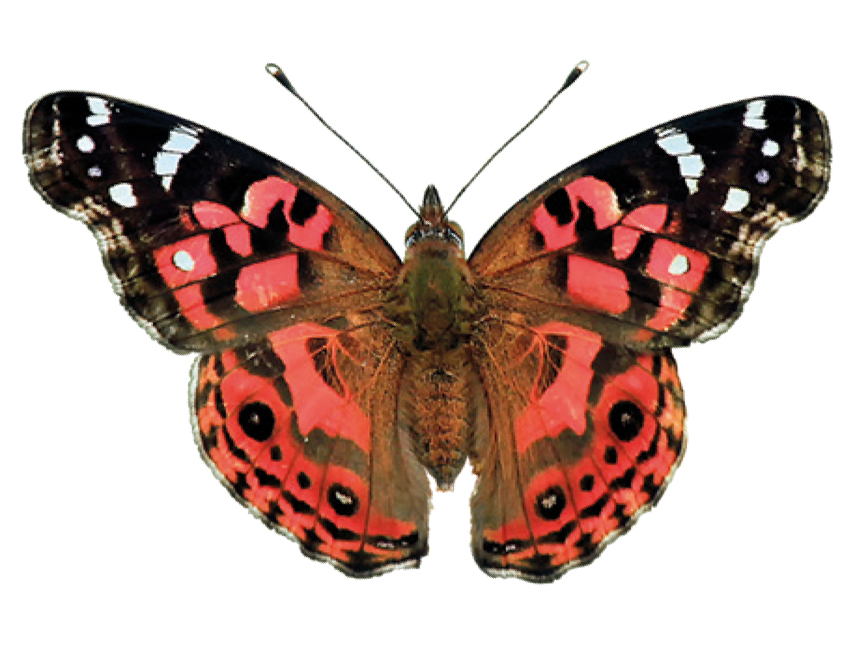
Knowledge about tropical butterflies is limited, and global warming, urbanization, and environmental changes are rapidly affecting the habitats of many butterflies at risk of extinction.
In a newly started research project, butterflies and host plants in the rainforest are observed, collected, and taken to a lab with the goal of finding out which butterflies can feed on which plants. The answers will provide more knowledge that can, among other things, contribute to better conservation of endangered butterfly species.
Read more about research project SPECTRO
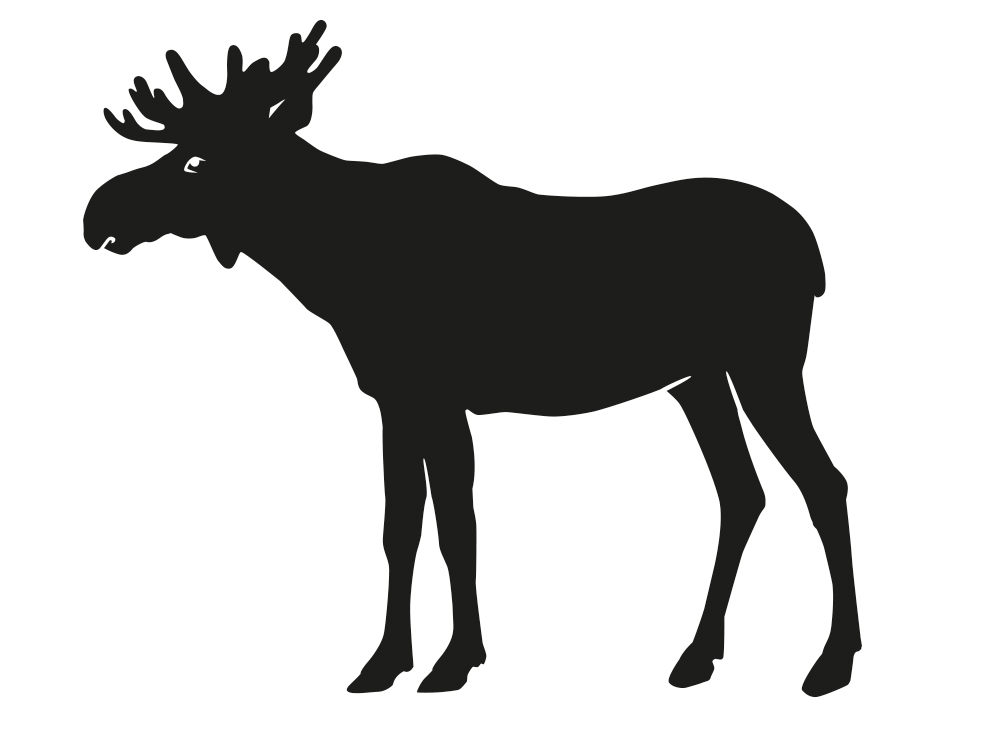
Did you know that moose are found all over Sweden except on Gotland, and that they have existed in Sweden for at least 8,000-10,000 years?
The moose is the focus of a wide range of research projects at SLU. This includes the interaction between ungulates, society, and agriculture, as well as questions concerning moose, humans and climate. SLU also collaborates on broader social science issues regarding wildlife management and forestry.
Read more about reseach on moose
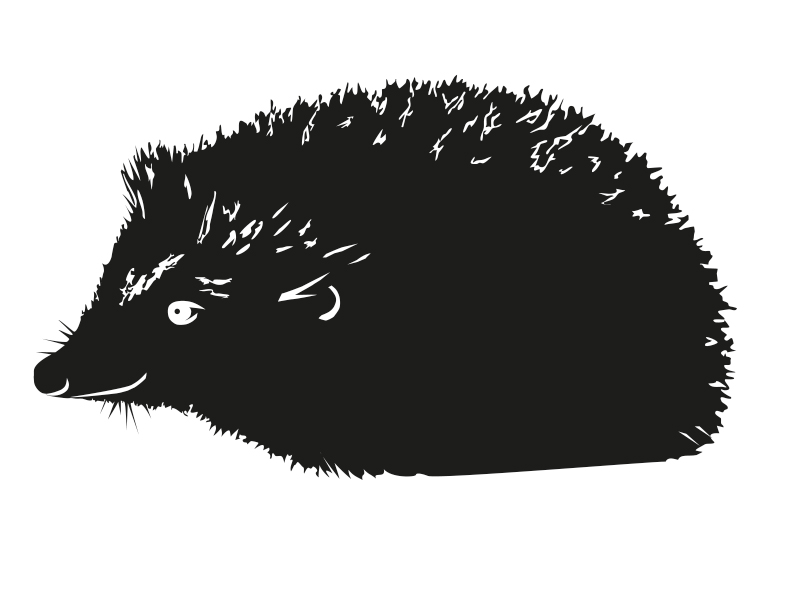 Swedish hedgehogs are becoming fewer, and it is estimated that the number of hedgehogs has decreased by 40% over twelve years. But no one knows why. To investigate this situation further, project Hedgehog Week was started, encouraging people to go out and look for hedgehogs and report their findings to SLU Artportalen. In 2024, 50,000 reports were received.
Swedish hedgehogs are becoming fewer, and it is estimated that the number of hedgehogs has decreased by 40% over twelve years. But no one knows why. To investigate this situation further, project Hedgehog Week was started, encouraging people to go out and look for hedgehogs and report their findings to SLU Artportalen. In 2024, 50,000 reports were received.
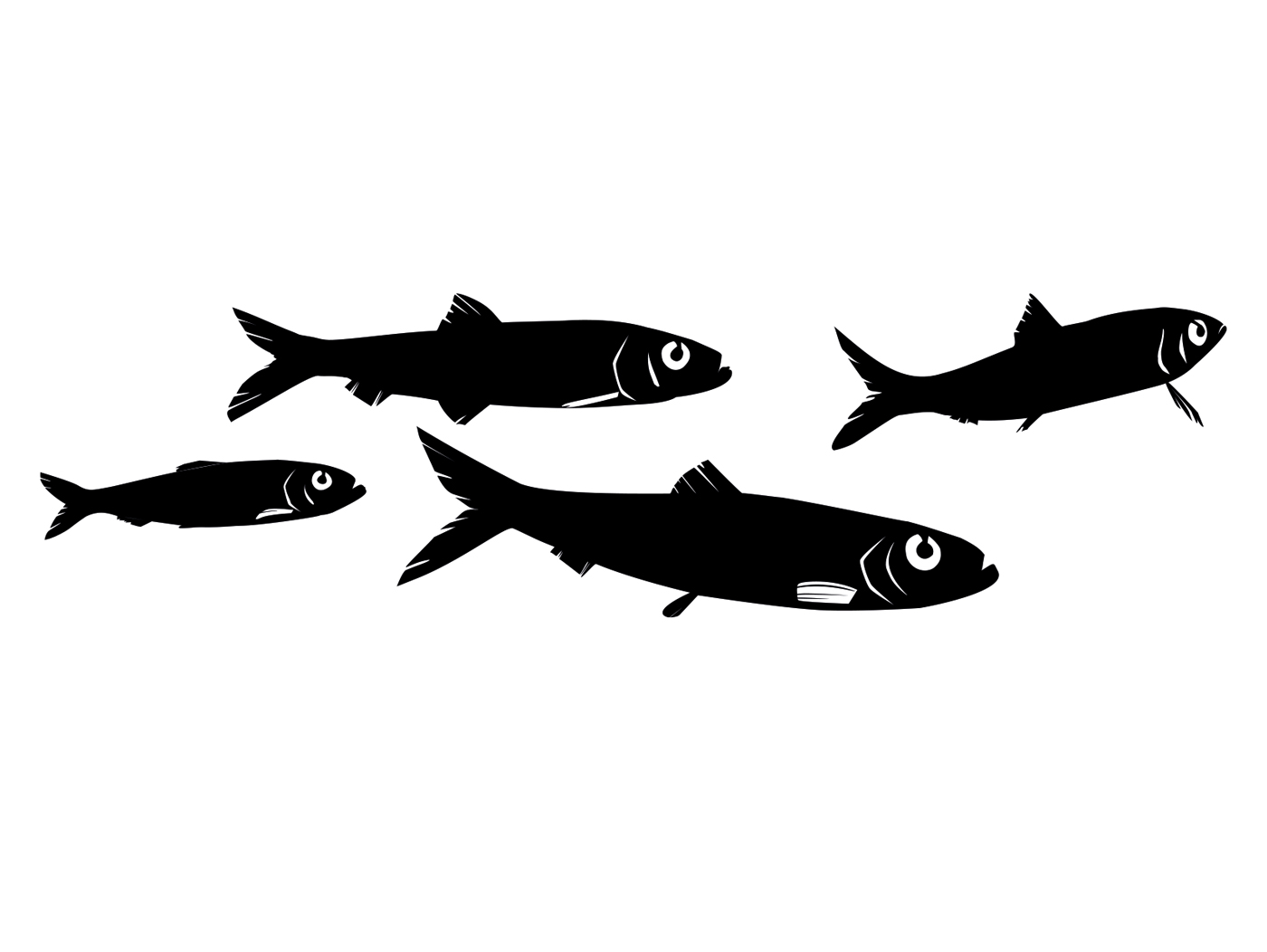
The Baltic herring has been one of the most important protein sources for hundreds of years. But what is the status for the herring stocks, and how do we fish in the best and most sustainable way?
At SLU, we map the differences within the species, migration patterns, and spawning areas – all of this to improve the knowledge base for ecosystem-based fisheries management. Furthermore, animal welfare for trawled herring has been studied, and the results show that the fish have suffered unnecessary pain and, in many cases, died from stress while being brought up from the depth of the sea. Studies like these can lead to the development of selective and more humane fishing gear that promotes long-term sustainable fishing.
Read more about herring
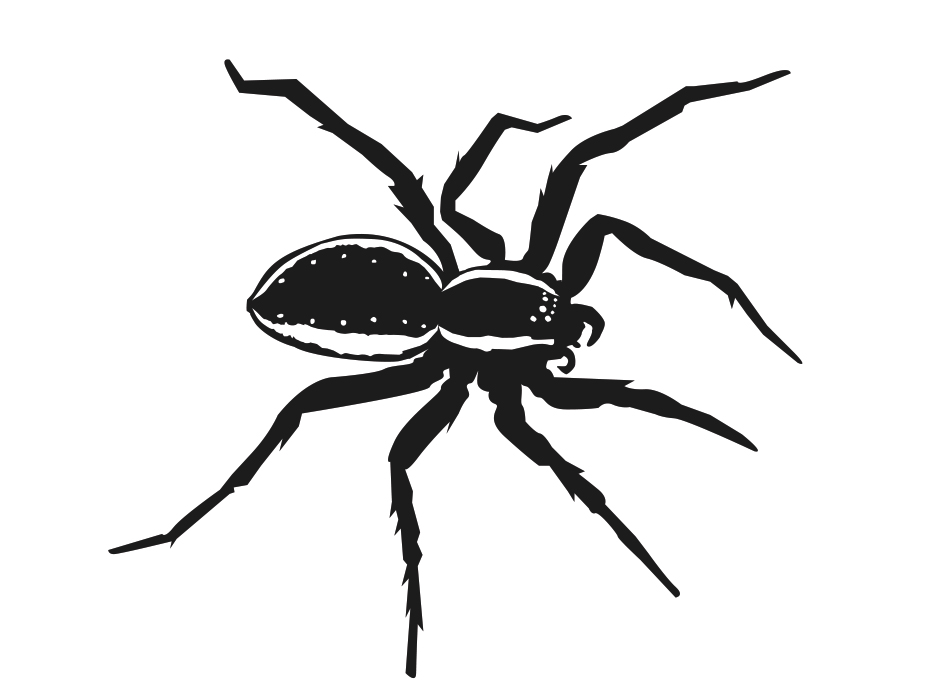
The raft spider is Sweden's largest spider. It lives in bogs, marshes, and in water, running on aquatic plants and the water's surface. The raft spider can dive when threatened and to catch prey underwater.
Knowledge about Sweden's arachnids has long been insufficient as few people have taken interest in the subject. Despite this, knowledge about the number of species is relatively good. The situation has also improved significantly in recent years, largely due to the possibility for the public to report their findings in SLU Artportalen.
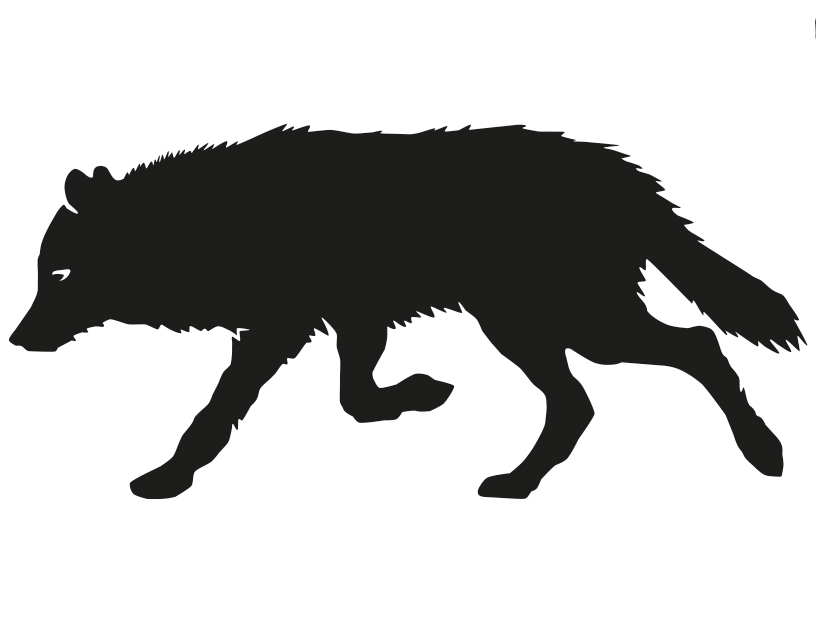
The greatest threats to the wolf are inbreeding and illegal hunting. The species was extinct in Sweden during the 1970s but soon reappeared from Russia.
In a Scandinavian collaborative project, SLU is researching issues related to wolf biology and management, including population dynamics, movement patterns, genetics, and ecosystem effects. All of this to provide science-based knowledge for the conservation and management of the wolf population and to inform the general public.
Read more about research project Skandulv
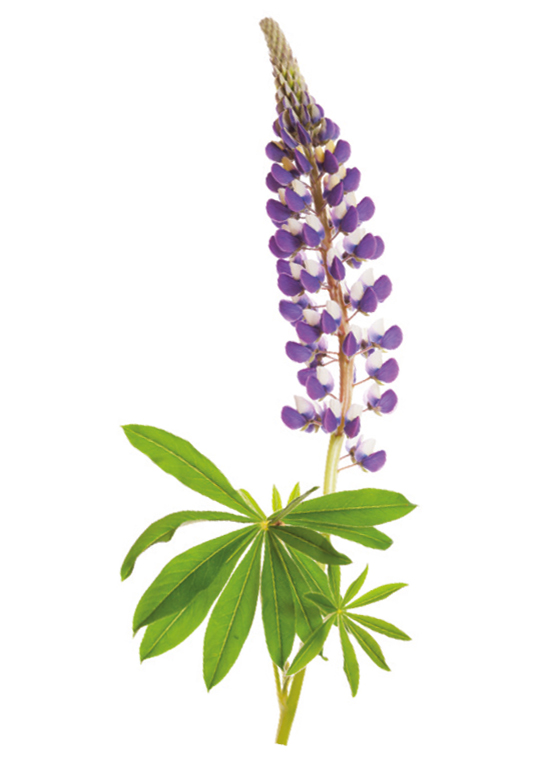
The colorful fields of Large-leaved lupine light up the roadsides at the end of June, with their tall spires of blue, violet, and pink. The species, which originates from North America, came to Sweden as an ornamental plant, but unfortunately, the increasing spread of Large-leaved lupine is causing native plants like the oxeye daisy and small bellflower to no longer thrive. In combination with the lack of species-rich meadowlands, the spread of Large-leaved lupine is leading to a shortage of food for butterflies and bumblebees since Large-leaved lupine does not contribute nectar.
At SLU, research and monitoring are being conducted to combat Large-leaved lupine and other invasive species.
Brand Management and Communication Platforms Unit
Division of Communication